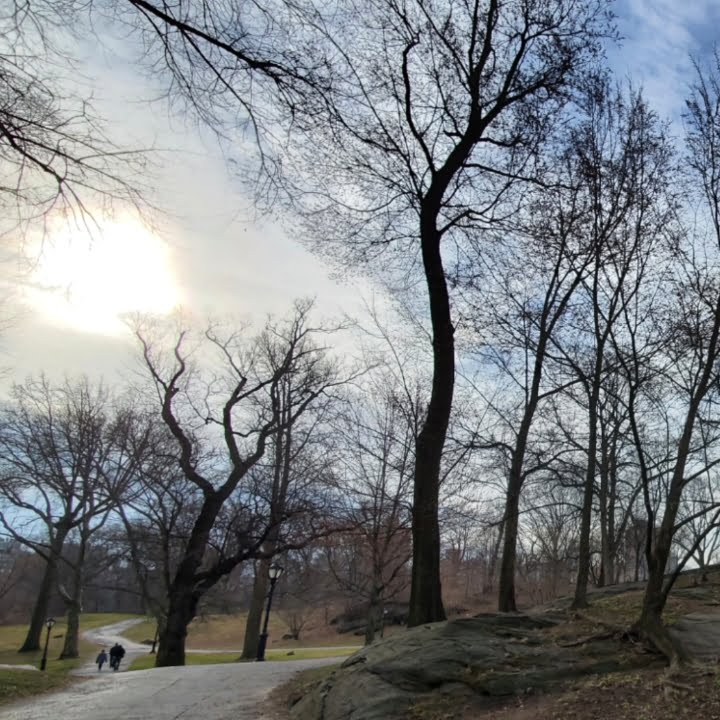By Dr. Rais Vohra
At California Poison Control System (CPCS), we want to remind residents that with warmer spring weather, rattlesnakes are more likely to be found on hiking trails and sunning in rural areas. Most bites occur between the months of April and October. Even baby rattlesnakes possess dangerous venom as soon as they hatch.
This weekend, we received three calls about rattlesnake bites, a higher number per weekend than usual. About 300 cases are reported to CPCS annually in California, with additional other cases managed by physicians and hospitals.
While the odds of being bitten by a rattlesnake are small compared to other environmental injuries, residents can follow precautions outdoors that can minimize the chance of being bitten. For example, children are naturally curious and may look into open pipes or under rocks, or kick loose brush and bushes where snakes may sometimes lie quietly. Children need to be carefully supervised outside, especially in wooded and desert areas where snakes tend to live. Rattlesnakes do not always make a rattling sound, so someone can be standing next to a rattlesnake and not even know it.
Some rattlesnake bite prevention tips include:
- Wear boots and long pants when hiking.
- Stay on trails when hiking, away from underbrush and tall weeds.
- Do not touch or disturb a snake, even if it appears dead.
- Carefully inspect logs or rocks before sitting on them.
- Never hike alone in remote areas. Always have someone with you who can assist in an emergency. Calling for help if alone is not an option, as cellphones do not always work in remote areas.
- Teach children to respect snakes and to leave them alone.
The symptoms of a rattlesnake bite may include extreme pain and swelling at the location of the bite; excessive bleeding; nausea; swelling in the mouth and throat making it difficult to breathe; lightheadedness; drooling; and even collapse, shock and death in rare cases. If you are bitten by a rattlesnake, immediate medical attention is critical. Severe or even life-threatening symptoms may occur within minutes after the bite, or in other cases may begin after couple of hours. In either event, your best bet is to get to a hospital as soon as you can.
The following steps are important for any rattlesnake bite:
- Get immediate medical attention.
- Do not apply ice, do not use a tourniquet or constricting band, do not try to suck out the venom, and do not use any device to cut or slice the bite site.
- Keep calm, do not run and keep the affected extremity elevated during transport to a medical facility.
- Do not call the local hospitals to see if they have anti-venom, just go ASAP.
By the way, many veterinarians now carry rattlesnake anti-venom and rattlesnake vaccines for dogs and other pets that are bitten. Contact a veterinarian for more information.
Dr. Rais Vohra is Medical Director for the Fresno/Madera Division of CPCS.
Call Poison Control at 1-800-222-1222 (number is the same in all states) for questions about poison encounters. Trained pharmacists, nurses and other providers are available to help 24 hours a day, seven days a week. The service is free, confidential and interpreters are available. Get weekly tips about safety by texting TIPS to 20121 for English or texting PUNTOS to 20121 for Spanish. Follow CPCS on Facebook and on Twitter @poisoninfo. CPCS is part of the University of California San Francisco School of Pharmacy and is responsible to the California Emergency Medical Services Authority.






